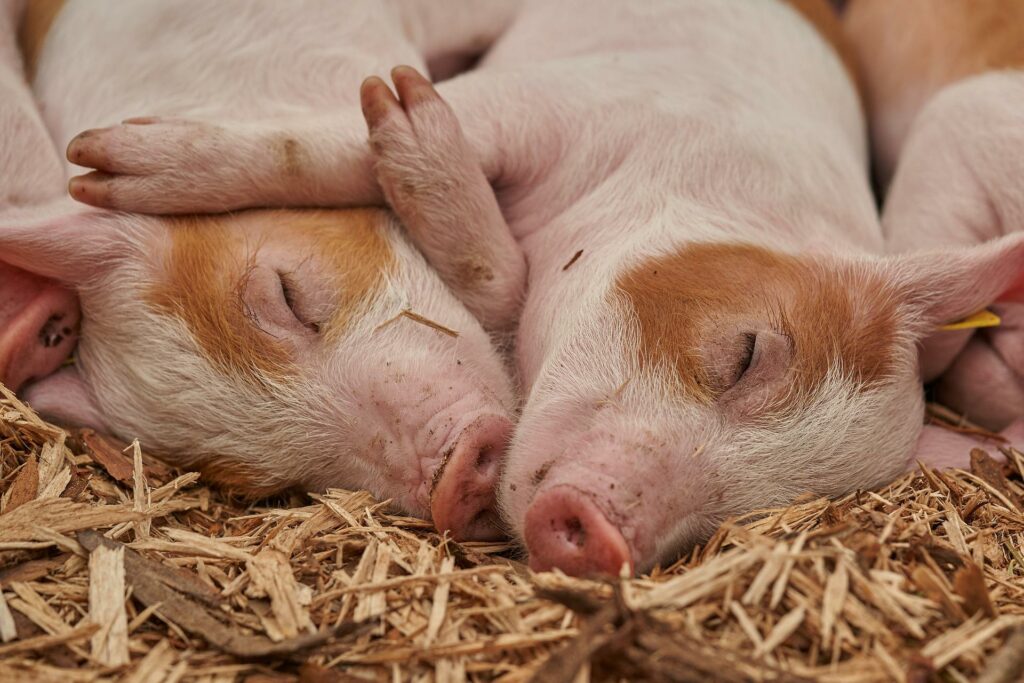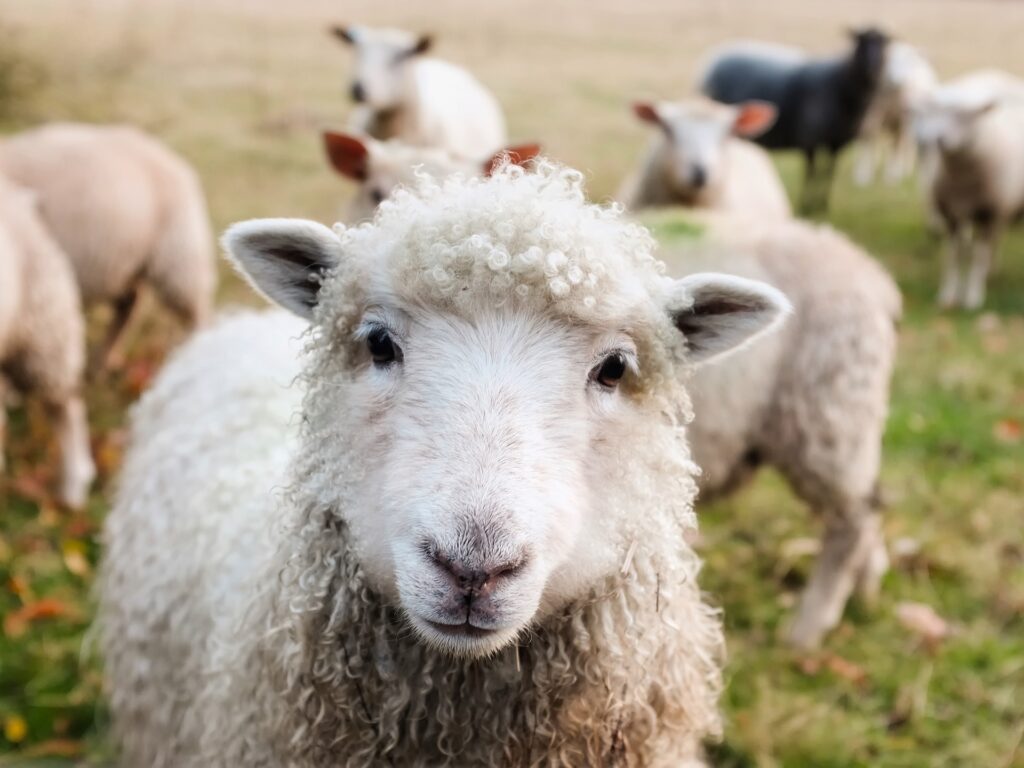Is Meat Consumption Bad for the Environment?
Gone are the days when people had limited choice when it came to the food they can grow and eat. Today, with a vast range of foods available for consumption, people are spoilt for choices. Our diet plays an important role in influencing our culture, health, and not to mention the environment. People don’t really think twice before making food choices. While some people may choose food wisely because of their health concerns, very few people take the environment into consideration when shopping for groceries.
The land should be used for cultivating essential crops, instead of raising animals. As the population is growing at a rapid pace, more land is needed to raise animals so that the food industry is able to satisfy the meat requirements of people. This leads us to the question “is meat consumption safe for the environment”?

How does Industrial Meat Harm the Environment?
Industrial meat is not safe for the planet. A large amount of meat in the world is produced on factory farms. Food chains like KFC and McDonald’s, as well as supermarkets are responsible for the mass-production of meat and dairy products. In fact, these are the reasons for the growing deforestation in the Amazon forest. In order to feed a large number of animals, a vast amount of land is needed to grow crops and graze cattle.
In South America, especially, a significant amount of land is needed to feed billions of animals. The production of one hamburger wastes as much fossil fuel as you need to drive a car up to 20 miles. Besides, the production of just one pound of meat requires up to 2500 gallons of water. It isn’t surprising to say that half of the water consumed in the US accounts for raising animals.
Land usage and soil wastage are only a few reasons that make meat bad for the planet. The consumption of dairy and meat products has so many devastating effects on Earth that meat has been listed as one of the most hazardous elements for the environment. It might be hard to believe but global meat production results in more carbon emissions than the pollution from all types of transportation combined.
It Leads to Deforestation
Deforestation has become so prevalent in the world that farmers in Brazil and the United States set forest fires intentionally just to create sufficient space for the animals to grow. In fact, meat happens to be the biggest cause of deforestation in the world. Beef production, specifically, requires you to clear space five times more than other industries. Beef and soy are the two common types of meat products that drive the need for deforestation significantly.
The Amazon is the rainforest, which means it has the ability to produce its own rainfall. That’s one of the reasons why the forest looks healthy and fresh all year round. However, if the trees are destroyed at the current rate and the deforestation continues, there is a good chance Amazon might get closer to the tipping point where it won’t be able to produce rainfall. Not only will it destroy the forest gradually, but it will have detrimental effects on the animals living there. In addition, this might result in less rainfall in South America.
Meat Production Causes Climate Change
One of the most overlooked yet hazardous elements for the environment is meat. While taking a bus for a daily commute or switching to an electric vehicle can help the planet, researchers are focusing on more advanced ways of reducing your carbon footprint. This research shows that the effect of meat production on the climate is the same as all the vehicles on road and in the air combined. As mentioned earlier, growing animals and grazing cattle require a vast amount of land, which drives the demand for deforestation.
As forests are destroyed, the levels of global warming increase significantly, and a considerable volume of carbon dioxide and other hazardous gasses are released into the air. The trees destroyed in these forests are either left to rot on the floor or are burned. This further accelerates the carbon emission. Besides that, the trees that absorb carbon dioxide will no longer benefit the environment when they are cut and burned. They can’t help fight climate change once they are destroyed.

It Destroys Wildlife
Industrial meat industries use harmful pesticides to obtain animal food. They also destroy forests for cattle grazing and other natural habitats to ensure that the animals are raised well. By using toxic chemicals for animal food production, the meat industries have become the leading cause of animal extinction. Hundreds of species are destroyed annually.
Our existence depends on wildlife and biodiversity. Many species reached extinction without even getting discovered, while other species are declared endangered. The continuous destruction of wildlife can be as big of a threat to human existence as climate change and global warming.
It Increases the Risk of Infection in People
We all are familiar with the 2020 COVID pandemic. It killed hundreds of thousands of people, shut many businesses, and ruined many lives. One of the causes of the increased risk of such infections is the rapid destruction of the forests and wild areas. The more these areas are destroyed, the closer the animals will get to humans, increasing the risk of contagious diseases. When the wildlife gets closer to people, there is a high risk of a virus passing from animals to humans and spreading exponentially among people.
Factory farms also increase the risk of the deadly viruses spreading from one animal to another, and to humans eventually. That’s because the animals are crammed in small spaces on factory farms. Since animals have a weak immune system, if one of the animals has an infectious disease, other animals will catch the infection quickly. This increases the risk of the infection spreading to humans too.
Not an Efficient Option to Eat
People have a misconception that industrial meat is the most affordable and efficient way to grow food, but we don’t know the actual cost and land required for meat production. If the entire population adapts to a plant-based diet and avoids meat consumption, we would need 75% less area to grow food. Less land is needed to grow crops directly instead of growing food for animals, which we eat later.
It Causes Greenhouse Gas Emission
Do you know meat consumption also contributes to greenhouse gas emissions? It increases your carbon footprint by releasing harmful gasses into the atmosphere, becoming a threat to animal and human life. The production of meat requires a considerable amount of space to graze animals and raise them properly, which results in deforestation (as mentioned earlier). Deforestation releases a significant volume of CO2 into the atmosphere, increasing the risk of global warming. Besides that, cows release methane when digesting food. The nitrogen-based fertilizers used for growing crops that are fed to animals also result in nitrous oxide emissions.

Soil Degradation
We have already mentioned how raising animals requires a vast amount of land. That, however, is not the only issue. Grazing is quite an aggressive technique that causes bare soil. If animal grazing is continued on a particular piece of land for prolonged periods, there is a high risk of the fertile land turning into barren land.
This might clog the waterways, increasing the chances of flood. The worst part is that soil degradation increases the level of carbon dioxide in the atmosphere. Soil reserves carbon dioxide as you cut down trees in the forest. However, when the land becomes barren and soil is of no use, it releases the stored CO2 into the air. Changes in land use, rapidly increasing deforestation, and continuous animal agriculture are some of the common causes of global CO2 emissions.
Which Diet is the Best for Our Environment?
If we consider the environmental impact of food production, the best diet is one that provides your body with the essential nutrients while taking up less space for production. Transportation, packaging, and cultivation of the food also play a role here. As a rule of thumb, you should add plenty of vegetables and fruits to your diet. Try to include nuts, whole grains, and legumes to make your diet healthy and beneficial for the environment. Experts suggest that we should eat more vegetarian food and less meat. This will help fight the climate crisis.
Bottom Line
There is sufficient evidence showing how harmful meat production is to the environment and what kind of damage it can cause. Considering the scale of meat production and the current population, it is obvious that meat consumption is bad for our planet. We have only looked at the environmental impact of meat consumption in this post.
Whether you should avoid meat completely or reduce your consumption is your choice. Although the government or researchers do not tell people what food to eat and avoid, the above research and facts clearly show how reducing meat consumption can benefit the environment.


Thanks for the very informative blog post. I will eat less meat from now on.😊